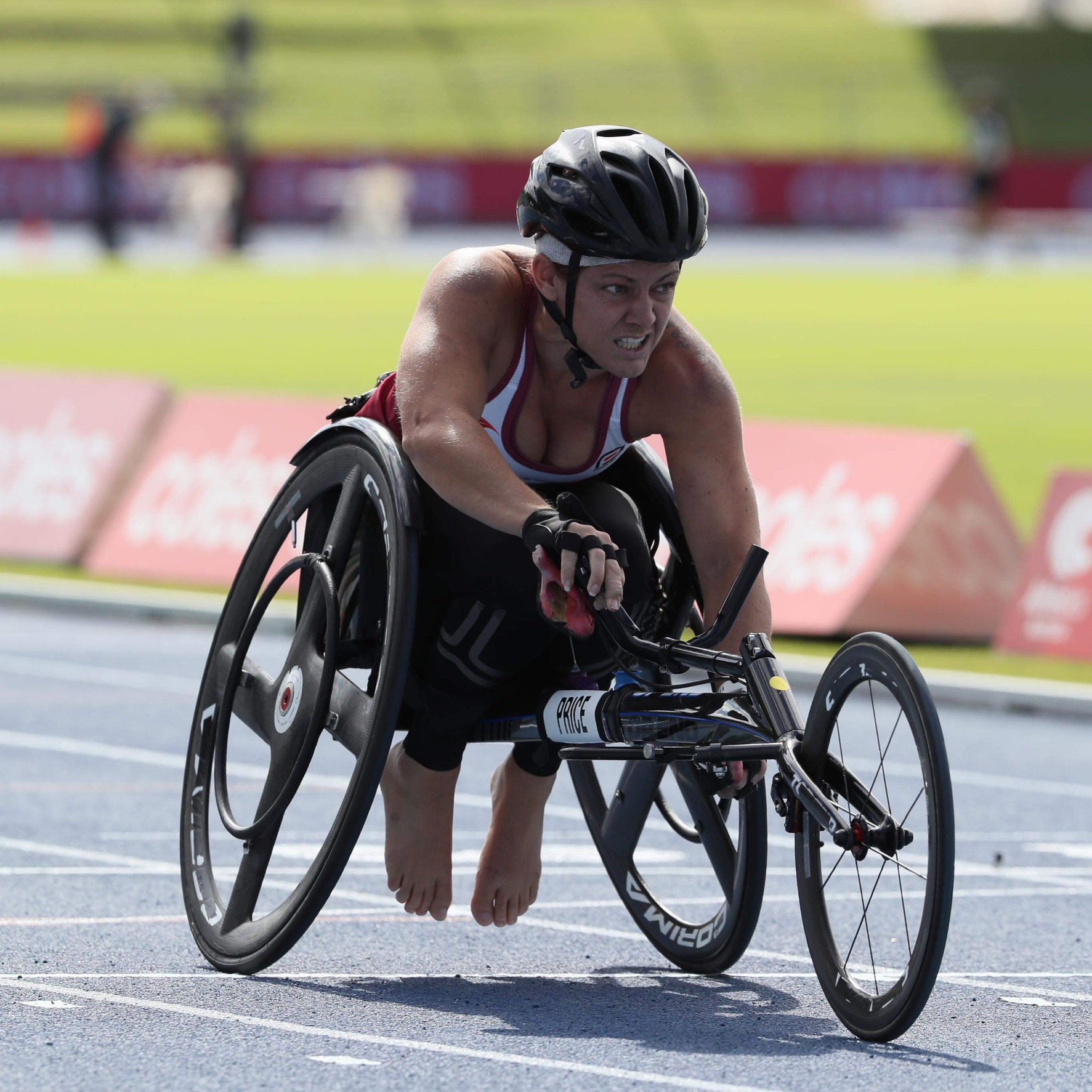Racing towards the gold
“I was fully able-bodied until I was eight. Then one day I woke up and couldn’t walk,” says British Paralympic wheelchair racer Nathan Maguire.
It took about two weeks before doctors could confirm that Nathan had transverse myelitis, an inflammatory disease that causes injury to the spinal cord. “Basically, my immune system had attacked my spinal cord,” the 22-year-old athlete explains. This left him paralysed from his chest down.
“Transverse myelitis is difficult to diagnose because it’s really rare,” says Nathan. “I remember having loads of tests within those two weeks.” Procedures that use medical technologies to identify inflammation of the spinal cord and rule out other disorders include blood tests, magnetic resonance imaging (MRI) which creates three-dimensional images of soft tissues, and lumbar puncture which uses a needle to draw a small amount of cerebrospinal fluid that is then analysed.
“I think the diagnosis was a lot more difficult for my parents than it was for me. That was the beauty of being so young when I got it. I can’t really remember walking,” Nathan comments. “I got my first wheelchair about two months after I was diagnosed, and my parents said the minute I got in that wheelchair I was the same child as before. It helped me get my independence back.”
Nathan credits his sporty family, but especially his dad, with getting him into competitive wheelchair sports after he was discharged from hospital. “My dad thought that sport would be a way of rehabilitating me back into normal life,” recalls Nathan. “He took me to a wheelchair basketball club in Manchester and I met loads of people that were like me.”
Playing basketball for the club was great, but when Nathan tried racing several years later, he found his true passion. “My dad always thought I should try every sport that I could try, so I’ve done basketball, swimming, water skiing, rowing. You name it, I’ve tried it,” he says. “I was always quite quick on the basketball court, so my dad thought I should try racing. After that, I never really looked back.”
Nathan feels grateful for all the medtech that’s allowed him to follow his dream. This includes catheters that he uses to empty his bladder, an artificial urinary sphincter which aids in bladder control, and a special cushion that ensures he doesn’t get any pressure sores. “Without my cushion, I wouldn’t be able to sit in my chair for longer than an hour,” he notes.
Of course, there’s also his wheelchair. “It’s enabled me to travel the world and experience life better than a lot of able-bodied people have. My racing chair has also allowed me to do what I want to do,” says Nathan.
Since starting wheelchair racing, he’s gone from strength to strength. One of his most memorable achievements was winning three bronzes in the 100m, 200m, and 800m races and a gold in the relay at the 2018 European Wheelchair Racing Championships in Berlin. Despite being in “lockdown” due to the coronavirus pandemic, Nathan has been in full training mode at home and his sights are firmly set on the gold when he heads to Tokyo for the 2021 Paralympics.






